Revenue potential for Nordic wind power - Bodecker Partners´ seminar and network event
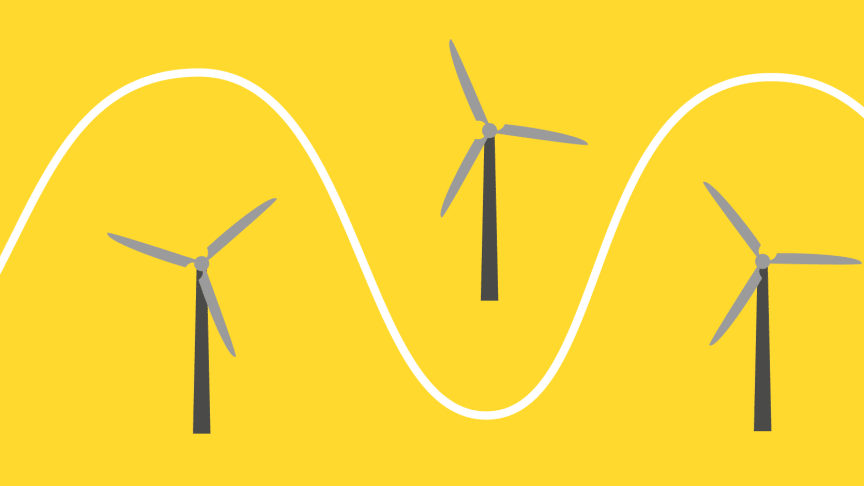
On 21-22 November, Bodecker Partners arranged two seminars and network events. For day 1, we invited clients and report subscribers and we had presentations in Swedish covering market development for Power, Elcerts and GoOs, discussed renewable build-out, financing and flexibility and had a session on electrolysed hydrogen production. Interest was great and the number of participants just right to create the informal atmosphere and good discussion climate we strived for.
In the evening, we organised on a smaller and informal networking event specifically for existing and new investors and project developers in Nordic wind power. In the company of some tapas and drinks, everyone shortly introduced themselves and the small-scale setting contributed to many deep discussions and good relationship building. This we will do again!
The following day, the same group joined us for a morning session with seminars focused on wind power. We had three main goals; To provide updated market information, to provide investors with a preview and latest update of future wind projects and to give project developers a chance of marketing their projects and find new potential stakeholders among investors and banks. We were around thirty people which resulted in a very nice atmosphere and interesting discussions – thank you for all the positive feedback on this!
Below is a brief summary of some of the presentations held during the two days. Unfortunately, it is very difficult to capture the perhaps even more important panel debates and discussions throughout the events.
Market updates
Nordic Power
Gustaf Sundelius and Mia Bodin from Bodecker Partners started both days with some market updates. Hydrological balance in Sweden and Norway continues to lay the foundation for Nordic power prices. However, from this year Gustaf also describes a clear shift from marginal cost of coal to marginal cost of gas.
"Clear shift from coal to gas in marginal cost for power"
In the future, new cables to the continent will have a major impact, but we must be aware that the flow does not always go in the direction we envisaged… We see a five-year period ahead of us with very high volatility and price variations between 19 and 36 euros, while we, after this period, will probably start moving towards general pricing based on LCOE wind power. Storage and other flexibility solutions will become extremely important and crucial for both base price and volatility.
EU ETS and carbon price
With regards to EU ETS and emission allowances, Mia briefly presented the most important price drivers. We now await decisions on the 2050 target and a possible sharpening of the 2030 target - something that would have a direct impact on the carbon price since it determines allocation/supply. Will Ursula von der Leyen succeed in her "100-day promise"?
External price forecasts show about 30 euros on average for the next five years, but with large variations. On the upside, we have sharply reduced supply from 2021 and on the downside, we have auction volumes from the UK, economic downturn and phase-out of fossil fuel in Europe.
Electricity certificates
Within the electricity certificate scheme, we foresee overexpansion of at least 12 TWh by the end of 2021, which is pushing down prices. The Spot and Mars 20 contract is held up only because of a current deficit and a certain risk that the deficit will last over cancellation date in March.
"Only a stop mechanism can prevent a surplus of over 300 million"
Only a stop mechanism can prevent a continuous surplus of over 300 million certificates. Mia went through the three “main proposals” and what a stop-rule in line with Norway would result in. The conclusion is that even this would not be enough. However, the surplus would become more manageable than a stop in 2030, the system could be closed already in 2036 and the quotas could be moved to the nearer future - increasing demand. Discussions were held about possible measures that market participants could then take.
Guarantees of origin (GoOs)
On the topic of GoOs, we had a specialised broker presenting trends, price drivers and outlook. Some conclusions were that GoO Nordic wind further out on the curve is now priced in par with Nordic hydropower, that the French auctions have pushed up the price rather than the opposite and that RED II, with implementation next year, will increase demand.
We were also reminded that prices are determined by the market. If customers want locally produced electricity, the price of GoO in these regions will be higher. If customers want a specific type of technology, GoOs from this technology will have a higher price. There are many examples of this over Europe already and this trend will probably continue and strengthen.
Financing and PPAs
On the topic of renewable build-out, financing and PPAs we had Mia interviewing a representative of one of the largest Nordic banks during the first seminar day. It was concluded that the Nordic region remains very interesting for investments and that also Finland has moved up to the top in the past year – perhaps to some extent due to the recently increased resistance towards wind power in Norway that has increased uncertainty in that country. "There is no lack of capital" was one conclusion.
"No lack of capital"
There is a consolidation trend. Large project developers are growing even more while the smaller ones have a hard time. The lack of Swedish capital was also discussed, with higher return requirements being mentioned as one potential reason together with the fact that several Swedish participants have been “burnt” and are thus more cautious. In addition, there is a lot of European capital with the requirement to find green projects/funds and with negative interest rates, it is difficult to find long-term alternatives. Regarding financing, one of the main difficulties was said to be the lack of PPA buyers and the large gap between expected power price and the PPA price. The bank further identifies a trend of higher equity share due to a wish of being more merchant but also that several banks are opening up for shorter hedging structures.
These topics were also discussed on day 2 when only banks, project developers and investors were gathered. Some of the largest infrastructure investors took part in a panel and confirmed the picture of continued large interest for investments in the Nordic region - not just for wind but also for other sustainable infrastructure. There are available projects, but competition is high and there is some concern for the future. For wind power, the pipeline looks much thinner after 2021 and slow permitting processes is seen as a problem.
"High competition on projects"
Project developers also took the opportunity to pose questions, for example concerning expectations for area price differences and cannibalisation, but also started a discussion on whether some wind projects can be considered greener/more sustainable than others. Very interesting topic to follow up on.
Projekt pipeline
During this day, four project developers also briefly presented themselves and their project pipeline of Nordic wind power projects where investors will be sought. One developer presented for example two major projects in SE2-around 250 MW, about 80 MW in SE3 and over 100 MW in southern Norway. From another, we were told about 80 MW in SE2 and SE3 and a third major Swedish developer has five projects with existing permits totalling over 500 MW. We also learnt of the status of offshore wind in the Baltic Sea where investment- and PPA alternatives are of interest. It was clear that the market will continue to grow even after the next few years and we hope that participants got some new contacts to start a dialogue with.
During the first day, we listen to a large solar project developer, currently constructing Sweden´s largest solar park. The representative spoke about solar and PPAs, the very short process of a solar project compared to wind and described that we are now at grid parity in Sweden – with spot- and PPA prices at the same level. The potential for solar power is close to 15 TWh over the next twenty years, and there has been a trend shift where the focus has shifted from roof-top solar to larger parks built by utilities and large organisations; “we now speak of GWh instead of kW”.
“Trend shift from roof-top to solar parks”
The speaker also described that solar PPAs have been more common in other parts of Europe than in Sweden. Large agreements have been concluded the UK and Holland from mainly large food- and beverage companies. This trend is now approaching Sweden.
Regulating markets – a necessity for wind power
Competitiveness between production types increases, volatility is higher and hours with very low power prices, even negative, are more. Wind power producers need to be active on the spot-, intraday- and regulating markets as well as have strategies for how to handle negative prices. A number of markets and products were briefly mentioned with respond requirements from 15 seconds up to fifteen minutes. New roles are being developed where “balance responsibility providers" will be supplemented with "balance service providers". A case was presented where a wind park saved over 115 000 SEK in just a few hours by actively managing negative prices.
"Over 100 000 SEK in a few hours by managing negative prices”
From a turbine manufacturer, we learned more about the potential of wind power for flexibility and storage and an upcoming paradigm shift. In an example from Germany, a battery plant participates in the Frequency Containment Reserve market and is paid for its service by participating in weekly auctions.
A huge potential was demonstrated, but roles and responsibilities need to be clarified and more products and services need to be developed for financial incentives. However, market participants need to through themselves in; “there is no guide book”. Taking part will be a necessity to maintain competitiveness.
Fuel from solar, wind and hydropower
We usually discuss the impact of fuel prices on the cost of producing power. Now it is time to turn this around and talk about the impact of power prices on the cost of producing fuel.
"It's time to talk about the impact of power prices on the cost of producing fuel"
In a concluding session on day 1, we learnt about a Swedish start-up with an advanced project to build an electrolyzed hydrogen plant and, using renewable power and carbon capture, produce hydrogen for use in the shipping sector, heavy transport and industry where electrification is difficult. The company is now in the middle of a financing round. Contracts with hydrogen purchaser(s) are expected during H1 next year and "financial close" is estimated at the start of 2021. The construction phase will take about two years. Any interested investors are encouraged to make contact (contact information can be obtained through Bodecker Partners).
We at Bodecker Partners thank all participants and hope you got as much out of these days as we did! We very much look forward to next year!
About Bodecker Partners AB
Bodecker Partners’ expertise within Swedish electricity certificates and carbon emission rights, as well as the Nordic power market, is first-class. We offer independent advisory services to power producers and renewable energy investors in addition to tailored portfolio management services for electricity certificates and carbon emission rights.
Contacts
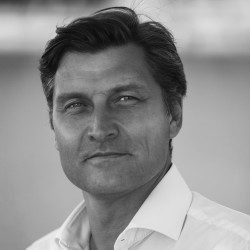
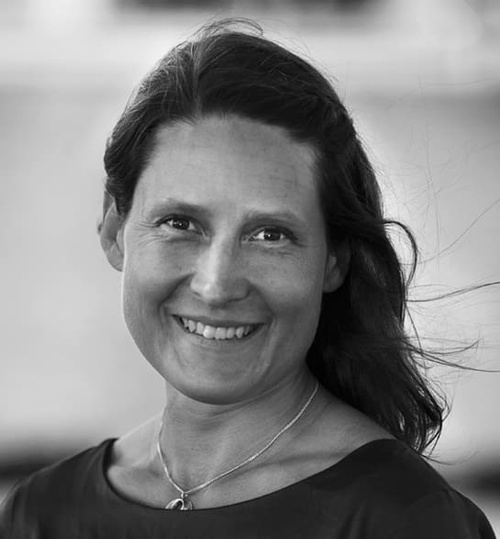
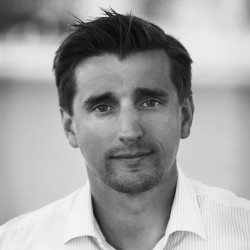
Gustaf Sundelius
- gustaf@bodeckerpartners.com
- +46 (0)708 796 968
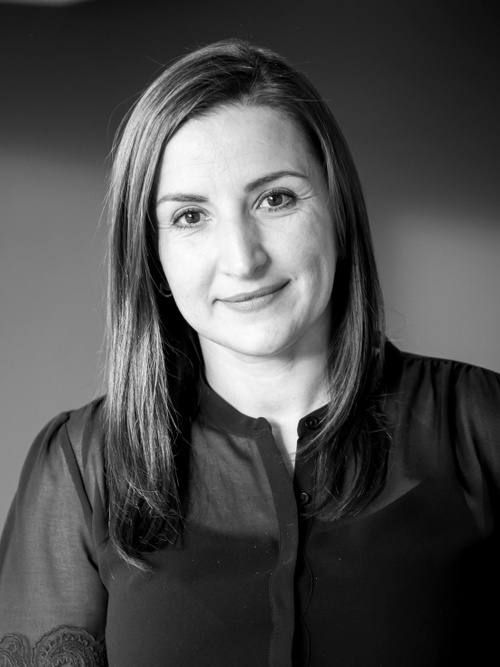
Sevdie Denli
- sevdie@bodeckerpartners.com
- +46 (0)73 808 18 80